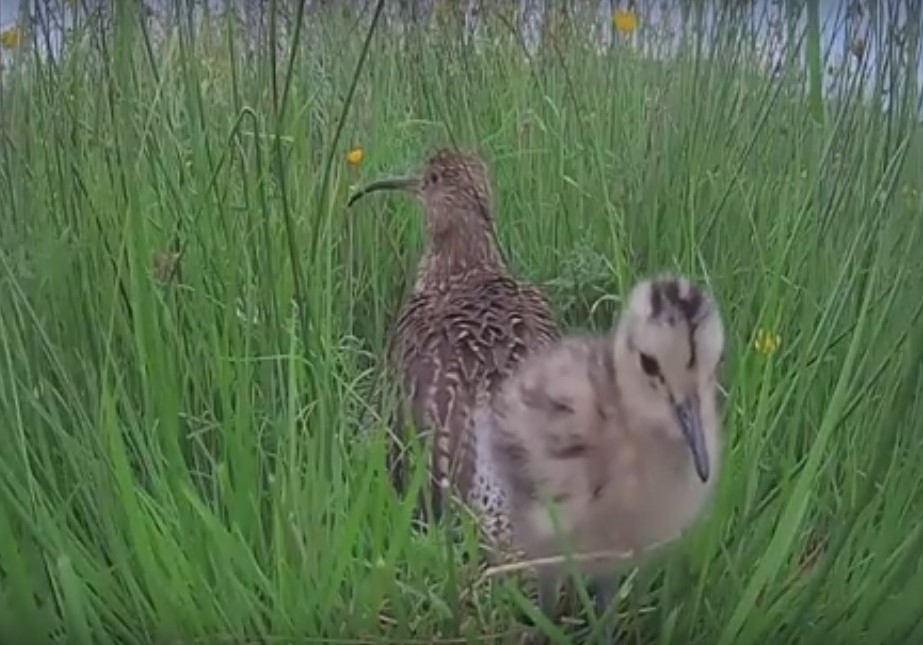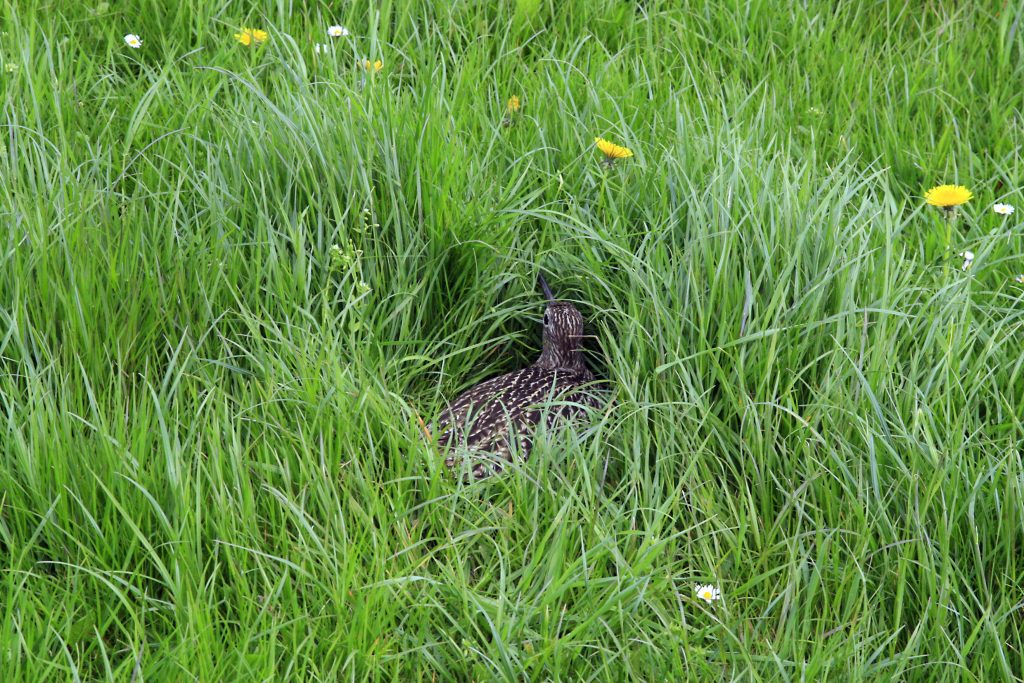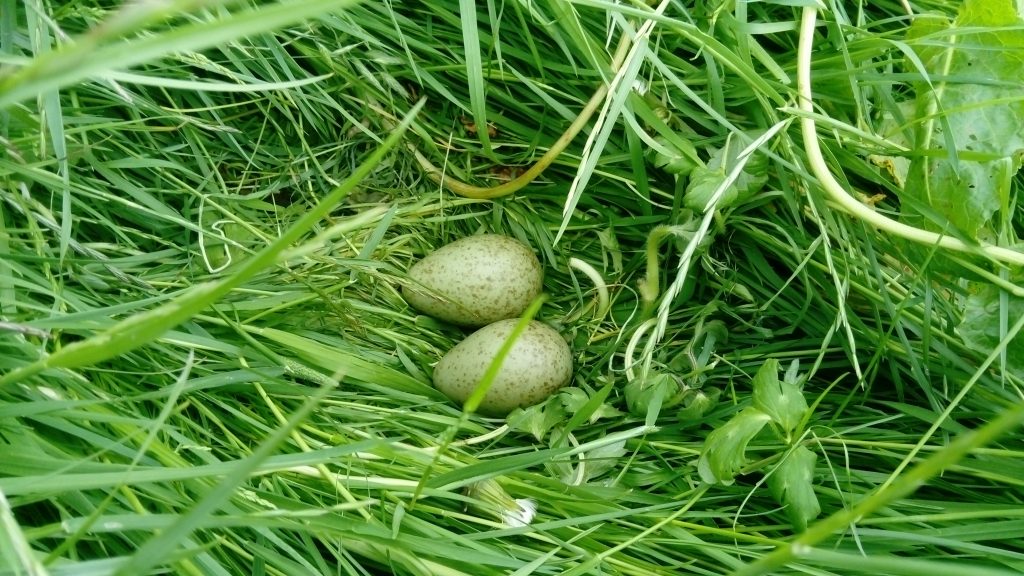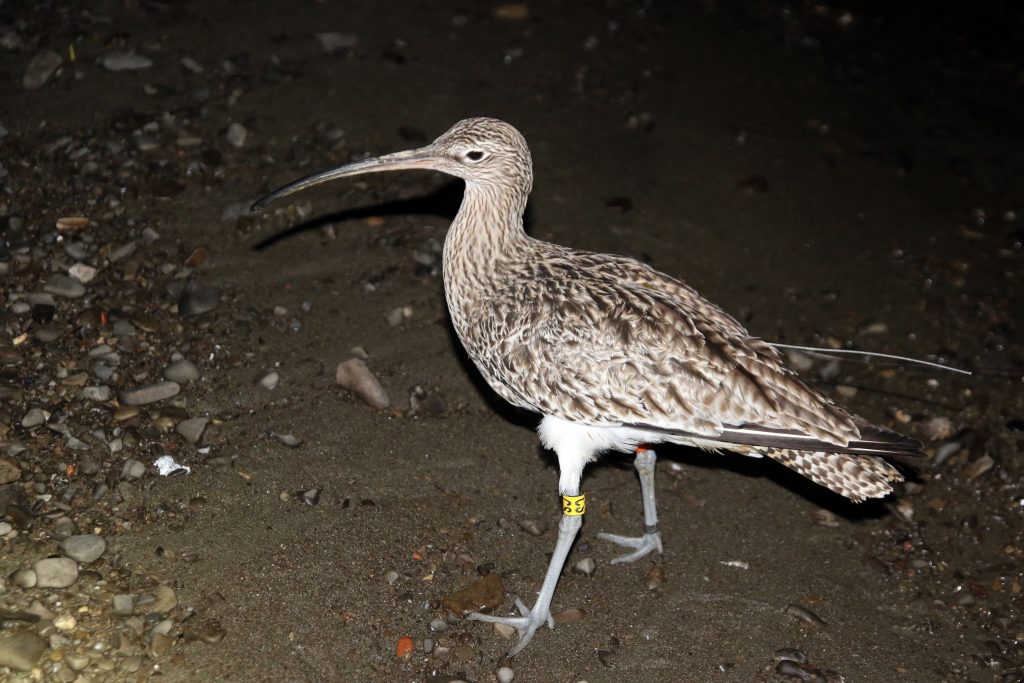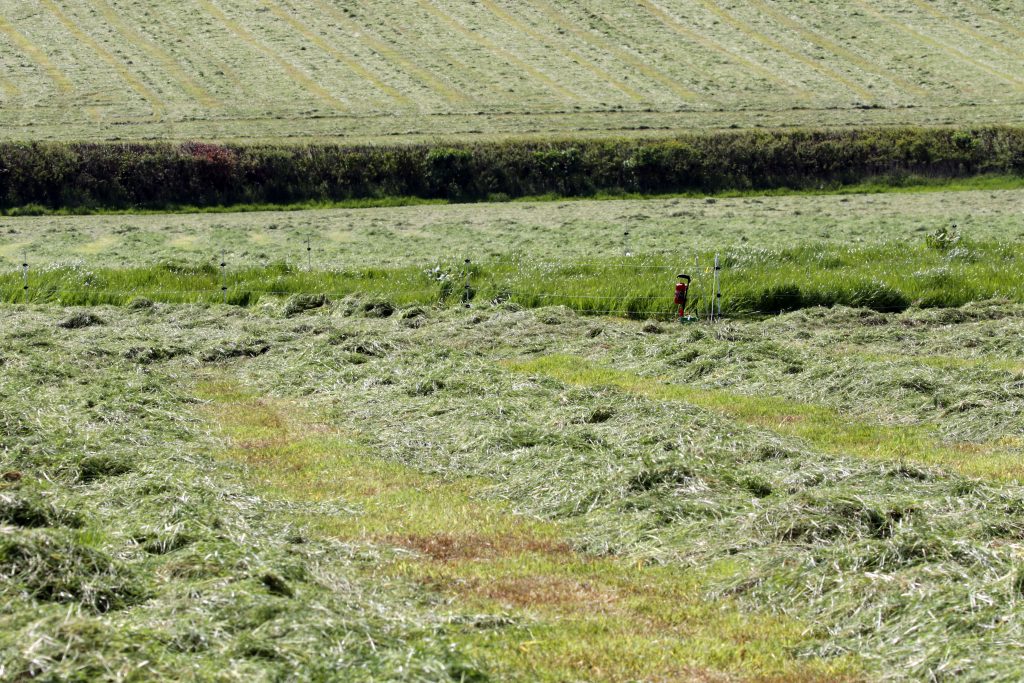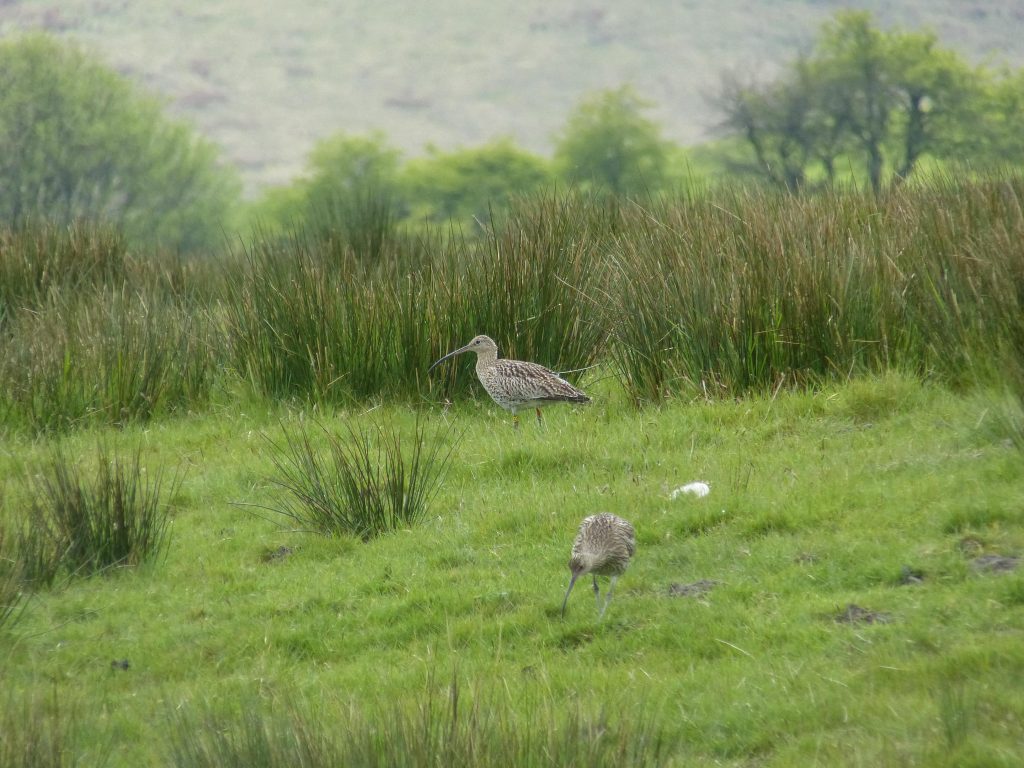Day 24
For over a decade local Community Wildife Groups have been carrying out adult wader surveys from rights of way according to British Trust for Ornithology methodology. This citizen science discovered the dramatic decline in the local curlew population and now informs the project about curlew territories helping to point the nest finding team in […]

